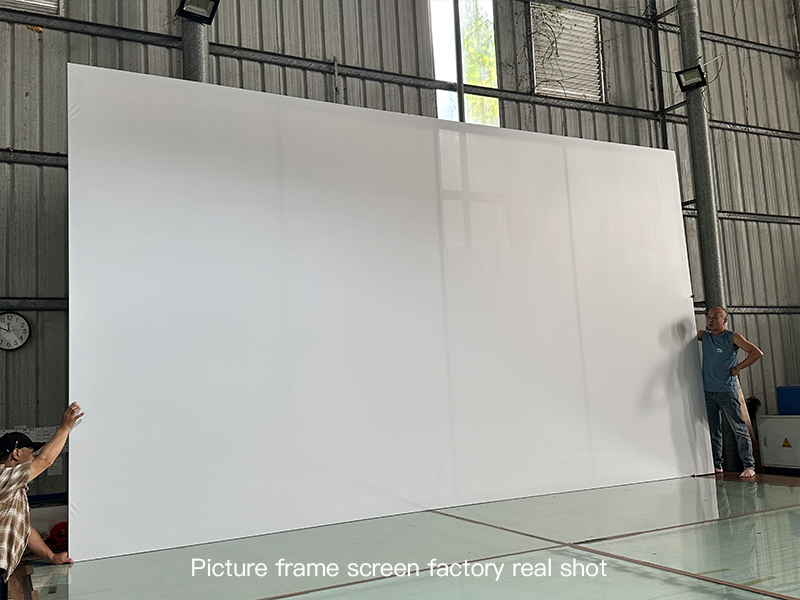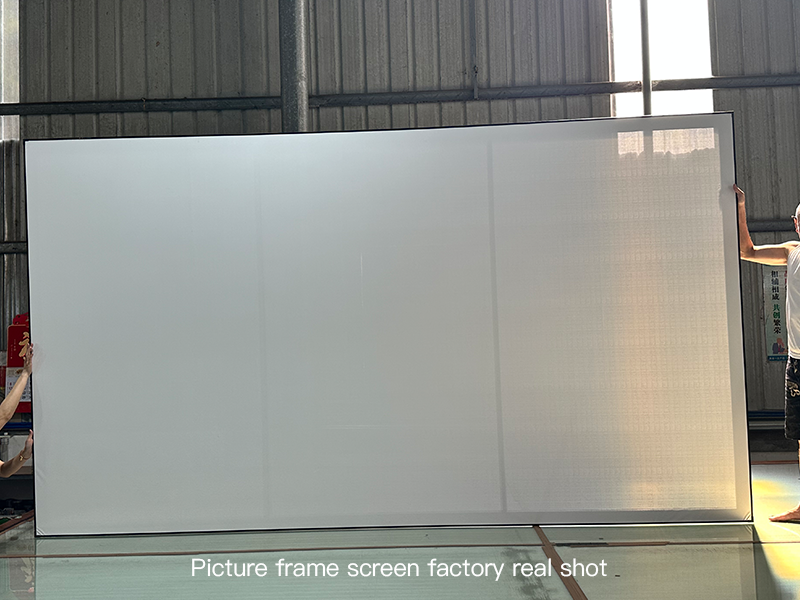In daily life, certain principles are grounded in scientific evidence and established patterns. When better solutions seem unavailable, it is often due to a lack of knowledge rather than the absence of viable options. A prime example is determining the appropriate projection screen size based on the viewer’s distance from the screen. Do you apply this principle in real-life situations?
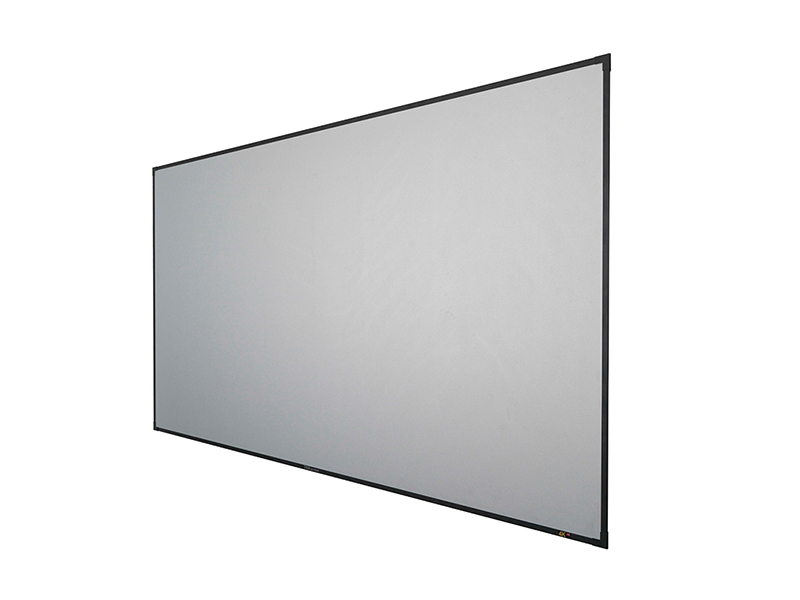
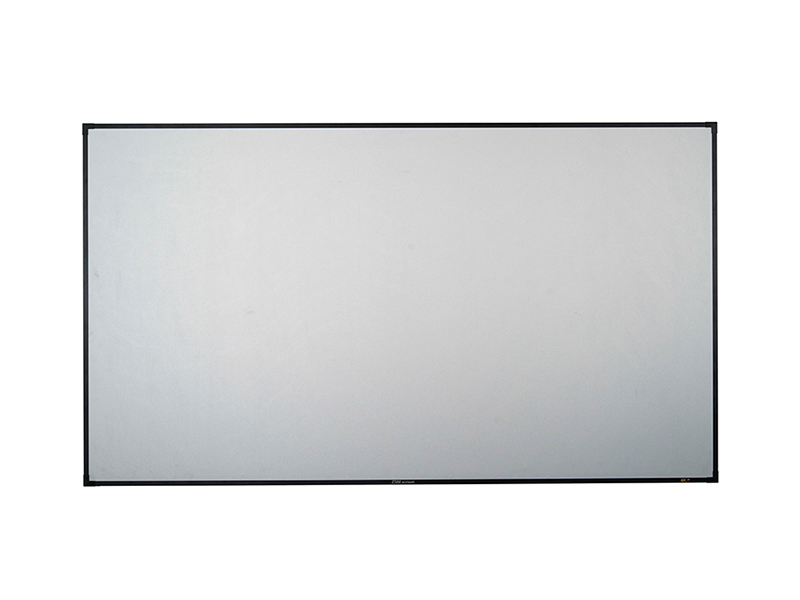
The relationship between screen size and viewing distance is fundamental. Before considering other parameters, it is essential to define the viewer’s position relative to the screen. The viewing angle can be mathematically converted into a correlation between viewing distance and screen width. Assuming A is the ratio of viewing distance to screen width, and α represents the viewing angle, the relationship can be expressed as A = 1 / (2 × tan(α/2)).
Trust in expertise often leads us to rely on established standards. Two internationally recognized authorities in audiovisual technology, THX and ISF, have provided recommended values for the relationship between viewing distance and screen size. THX suggests that when watching 16:9 high-definition content, the minimum viewing angle should be 28°, with an ideal viewing angle of 40°. For 2.35:1 high-definition movies, the recommended viewing angle is 52°. On the other hand, ISF recommends a viewing angle of 33° for viewers with 20/20 visual acuity watching 16:9 high-definition content, and 25° for standard-definition content. In other words, THX recommends an ideal A value of 1.37 for 16:9 high-definition content and 1.03 for 2.35:1 movies. Meanwhile, ISF suggests an A value of 2.26 for 4:3 standard-definition content and 1.69 for 16:9 high-definition programs.
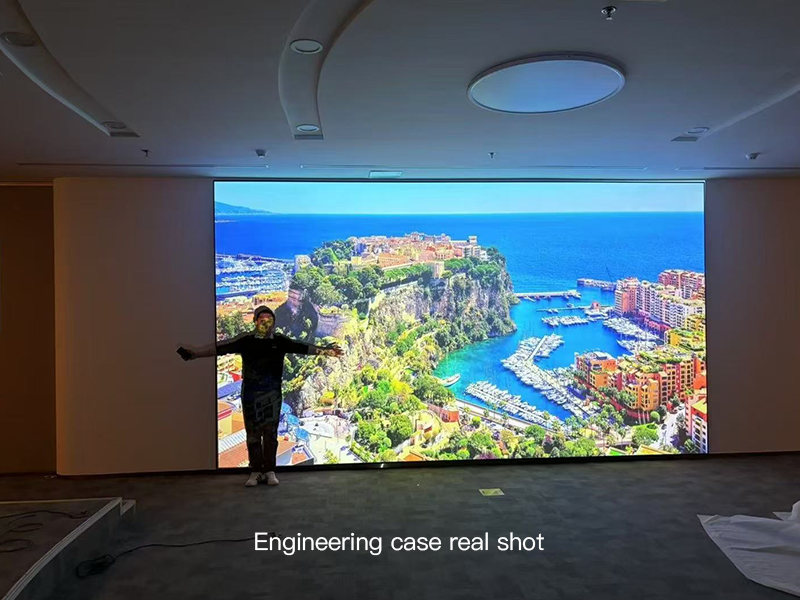
To summarize, for 16:9 high-definition content, the recommended ratio of viewing distance to screen width falls between 1.37 and 1.69. Taking the average, a ratio of 1.5 is often considered ideal. However, this is merely a theoretical value, and subjective factors must be considered in practice. When watching moving objects on a screen, the most significant strain on the eyes comes from horizontal motion. The closer the viewer is to the screen, the more intense the visual experience, but the eyes need to move more frequently and over a wider range, increasing fatigue. If this strain exceeds a certain threshold, it may cause discomfort, such as dizziness or nausea. Therefore, it is advisable to start with a viewing distance 1.5 times the screen width. If no discomfort is experienced, the viewer can move closer. If discomfort occurs immediately, the distance should be increased until a comfortable position is found. If the seating arrangement does not allow for a 1.5 ratio, reducing the screen size is recommended to meet this standard before further adjustments are made. Some users make the mistake of selecting a screen size after determining the seating distance, which may prevent them from maximizing the potential viewing experience.
The three most common screen ratios in the market are 16:9, 4:3, and 2.35:1. Among these, 16:9 has become the mainstream choice, primarily because it aligns with the standard for high-definition television and some movies. Moreover, most home theater projectors are designed with 16:9 display chips. The 4:3 ratio, while less common in home theaters, is widely used in commercial and educational settings due to its compatibility with standard-definition broadcasts. For viewers who frequently watch TV programs, a 4:3 screen remains a practical option. The 2.35:1 ratio offers an ultra-wide viewing experience, commonly used in cinematic productions. This format is tailored for enthusiasts who enjoy widescreen movies. It is worth noting that 16:9 and 2.35:1 screens can be adapted using electric or manual masking systems, allowing users to switch between ratios based on their needs. For instance, a elongated room may benefit from a 2.35:1 screen for optimal space utilization, while a taller, narrower room might be better suited for a 4:3 screen.
